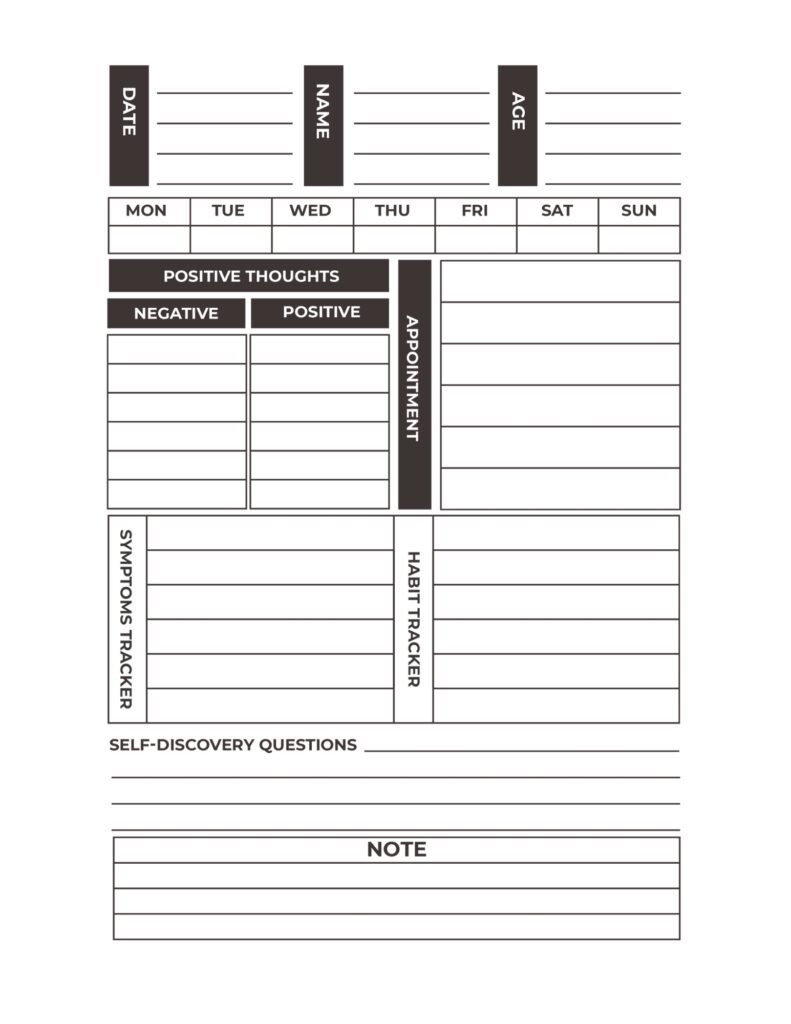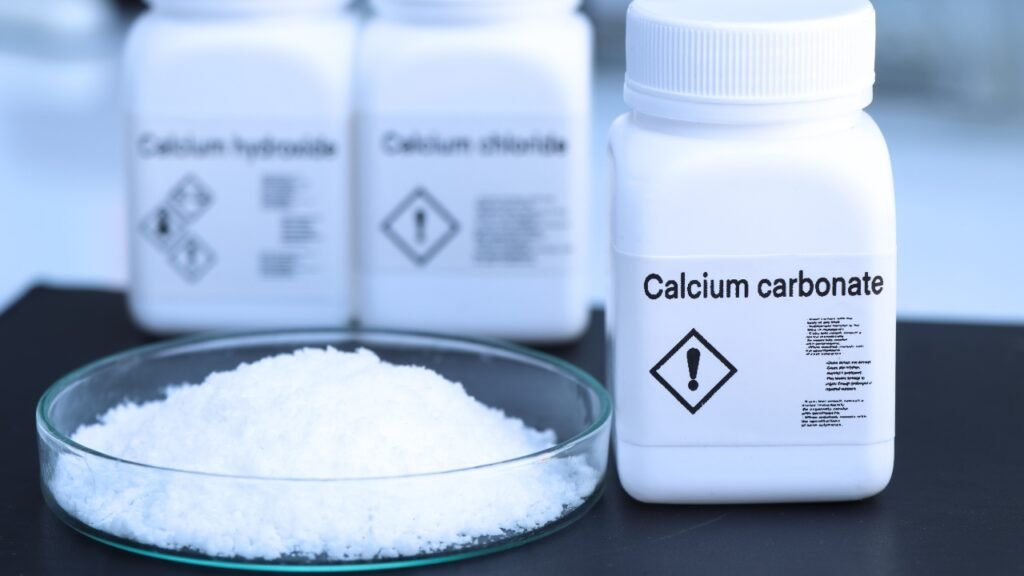

How Different Cultures View and Handle Addiction
- No Comments
Substance abuse and addiction are global problems that cross cultural lines. Yet, the way in which different cultures deal with these issues can be quite different.
Each culture has its own set of beliefs and behaviors that shape how they view and tackle alcohol and drug problems. Looking into these cultural differences is important to create effective addiction treatments and prevention plans.
Culture, as Dwight Heath, an anthropologist, explains, is “a system of patterns of belief and behavior that shape the worldview of the member of a society.”
This framework guides people’s attitudes, values, and actions, including how they see and react to substance abuse. By studying, we learn about the diverse, which shows us the importance of methods.

Humans have used substances for thousands of years, and each culture forms a unique bond with them. For example, the ancient Aztecs used alcohol in ceremonies, while the Sumerians grew opium poppies.
Greatly shapes attitudes towards. Knowing these helps us tackle addiction in a way that respects the diversity of different populations.
The Impact of Culture on Addiction
Culture deeply affects how people see and deal with substance abuse. In various societies, cultural values and norms shape attitudes towards addiction. This can change how individuals and groups handle addiction.
How Culture Shapes Attitudes Towards Substance Abuse
For some social groups, culture acts as a shield against substance abuse. For example, the Aztecs only allowed alcohol for ceremonies and banned it for other uses, threatening death for violators.
This helped prevent widespread alcoholism in their society.
On the other hand, some cultures see substance use as a way to bond with others. Others stress discipline and personal responsibility, making them less accepting of substance abuse.
Values and Beliefs: Their Role in Addiction
Cultural values and beliefs greatly affect a person’s risk of addiction. A study showed that cultural differences affect workaholism and work-life balance. This means culture influences how people view addictive behaviors.
Research also found cultural differences in gambling among Native Americans, Blacks, and whites in the U.S. The American Cancer Society’s Cancer Facts & Figures pointed out cultural differences in behaviors linked to cancer risk.
Acculturation, or how much someone identifies with their native culture, is linked to substance use and abuse. Adjusting to a new culture can bring challenges that may lead to addiction.

The Role of Media in Shaping Addiction Perspectives
The media greatly affects how society views addiction to drugs and alcohol. It reflects cultural beliefs and norms but can also change public opinion and actions. The way media shows substance abuse can be either glorification or demonization.
Media Portrayal of Substance Abuse: Glorification vs. Reality
Some media, like movies, music, and TV shows, glamorize addiction. They make it seem like a sign of rebellion, sophistication, or creativity. But, the media can also show addiction in a highly stigmatized way. It links it to moral failure or criminal acts.
The Influence of Pop Culture on Addiction
Pop culture deeply affects how people see addiction and illegal drugs. It can make substance abuse seem normal, affect what substances people choose, and shape views on drug addiction and recovery.
The media’s portrayal of drugs and alcohol is key in shaping cultural attitudes and influencing addiction.
“According to research from 2022, psychedelic mushroom Amanita muscaria has been used ceremonially in Asia for over 4,000 years, and mead, the first alcoholic drink, has been consumed since 6000 BCE.”
The media’s portrayal of substance abuse and the effect of pop culture on addiction deeply impact media influence on addiction and cultural attitudes shaped by media.
It’s vital to understand these factors to tackle the complex issue of substance abuse and its effects on people and communities.
Historical Roots of Substance Use Across Cultures
The use of psychoactive substances goes way back thousands of years. It started with the ancient cultivation of the opium poppy and the making of alcohol.
These activities are linked to the traditions and beliefs of many societies.
Psychoactive substances have been around since the beginning of civilization.
Opium was first used in the 9th century BC, as noted in Homer’s Odyssey. The Sumerians also grew poppies and made opium from them around 3000 BC.

Alcohol has a long history, too. People made fermented drinks as early as 4000 BC in what is now Iraq and Iran.
These drinks were used for religious rituals, medicine, and social events, which shows how important these substances were in society.
In the Americas, there’s a rich history of using psychoactive plants. Over 1500 compounds have been found in these plants.
This includes growing marijuana in China and India.
Attitudes towards substance use have changed a lot over time. In the early 1900s, some substances were considered safe for healthy people.
But as we learned more about addiction, our views and actions changed. This has affected individuals and communities a lot.
Today, the history of substance use helps us understand addiction and how to deal with it.
By looking at how these substances came to be used, we learn about the complex relationship between culture, beliefs, and addiction.
How Different Cultures View and Handle Addiction
Worldwide, cultures have different views on addiction. How societies deal with substance abuse and treatment is shaped by deep beliefs and traditions. It’s key to grasp these cultural differences to tackle addiction well.
In some places, addiction is seen as a moral issue or a sign of weakness. This can lead to stigma and isolation for those fighting addiction.
On the other hand, some cultures see it as a medical issue needing care and understanding. For example, the ancient Aztecs had strict rules about alcohol, using it only for ceremonies and banning it otherwise, with severe penalties.
This shows how important balance is in their culture.
Traditional healing methods are also used to fight addiction in many cultures. For example, the peyote cult in northern Mexico used a hallucinogenic plant in ceremonies to help with chronic alcohol addiction.

These methods often blend spiritual and community aspects, showing the culture’s values.
Different cultures have unique views and ways of handling addiction, shaped by their worldviews and histories.
By understanding these, healthcare workers and policymakers can create better addiction treatments, leading to better results for people and communities.
The Importance of Cultural Competence in Addiction Treatment
Effective addiction care needs to understand the many cultures and beliefs that affect substance use and treatment views.
Cultural competence in addiction treatment is key for meeting the needs of different groups and helping more people recover.
About one-third of Americans are from an ethnic or racial minority group, and over 11 percent are from abroad, the most ever. Yet, minority groups face big gaps in mental health and addiction services.
The Minority Health Survey found that many African-Americans and Latinos felt they wouldn’t have gotten better care if they were another race, unlike Whites.
To address these gaps, treatment centers must demonstrate cultural competence. They must understand how culture affects substance use and treatment views.
By incorporating diverse beliefs and traditions, they can make treatment welcoming for everyone.
“Cultural competence requires an understanding of race, ethnicity, and culture, essential for effective client treatment.”
The Substance Abuse and Mental Health Services Administration’s TIP 59 provides advice on culturally responsive addiction care.
It explains cultural competence, lists key skills for counselors, and shows how to serve diverse populations well.
Organizations need input from underrepresented groups to be culturally competent. This ensures the incorporation of cultural factors in treatment and makes culturally responsive addiction care a reality.
By understanding cultural influences on addiction, providers can make treatment more inclusive and effective for everyone.
Culturally Responsive Treatment Approaches
Recovery from addiction is a personal journey. Cultural factors greatly influence an individual’s experience and treatment needs.
Culturally responsive addiction treatment blends cultural practices, values, and beliefs into recovery. This method aims to create a supportive space that honors and celebrates everyone’s background.
Culturally Responsive Treatment: What Does It Look Like?
This approach goes beyond standard treatments. It customizes treatment to fit the cultural needs and likes of each person. This might include:
- Using cultural practices and traditions in treatment, like healing rituals or spiritual ceremonies.
- Offering resources in the person’s native language for clear communication and understanding.
- Getting family members and community elders involved in recovery is key to cultural beliefs.
- Working to remove cultural stigmas and misconceptions about addiction, making a safe space for help-seeking.
- Having treatment staff that understands and respects the diverse backgrounds of those they help.
Studies show that culturally responsive treatments lead to better outcomes and higher retention rates, especially for those who have been underserved.
These treatments offer a more complete and effective way to recover by considering cultural factors.
| Key Findings on Culturally Responsive Treatment |
|---|
|
Recovery services can better serve people from various backgrounds by using culturally responsive treatment, which leads to more successful and lasting recovery outcomes.
Overcoming Cultural Barriers to Treatment
It’s key to tackle cultural barriers in addiction treatment for effective care. These barriers include language differences and stigma around mental health. We need a supportive and non-judgmental treatment space.
Racialized Canadians may face stigma and discrimination in healthcare. Communication styles and expectations differ across cultures, making mental health understanding tough.
Yet, cultural beliefs and values help with resilience and well-being.
Addressing Stigma and Shame Surrounding Addiction in Different Cultures
To beat cultural barriers, we must tackle the stigma and shame around addiction.
Educating parents and communities about addiction helps. We should challenge wrong beliefs and push for empathy and compassion.
An intersectional approach is key for safe, effective care. It examines a person’s mix of identities. Cultural humility is also vital. It means learning and reflecting to build trust and balance power in mental health care.

Minority groups often see mental illness as a sign of weakness or a family issue. This stops people from getting help.
We need better language access and trust between patients and doctors to overcome this.
We must ensure treatment fits the culture and is easy to get to.
By tackling these issues, we can make a place where people from all cultures can recover together.
The Role of Family and Community in Recovery
Family and social support are key to overcoming addiction. Cultural backgrounds deeply affect family life, which shapes recovery. In many cultures, family plays a big part in treatment, offering strength and motivation to those fighting addiction.
Studies show that when parents misuse substances, it hurts both kids and adults. It raises the chance of getting addicted and having mental health problems.
Genetics also matter, with different risks based on the parent’s gender. Families facing addiction often face stress, dysfunction, and a lack of unity.
Having addiction in the family can create unhealthy ways of relating. Families try to keep things stable despite addiction.
Traditional gender roles can also affect how families deal with addiction, changing family dynamics and roles.
But support from family and community can really help with recovery.
Getting support from friends, family, groups, and religious places gives a sense of belonging. It offers help and emotional support and boosts well-being and resilience.
“Up to two-thirds of cases of child abuse involve chemical dependence in some form, and in 2012, over 30 percent of children removed from their homes by Child Protective Services were removed due to parental drug or alcohol abuse.”
Understanding how culture affects family life and using family and community support can help people recover. It can lead to better success in staying sober and improving overall well-being.
| Statistic | Value |
|---|---|
| Illicit drug use in the past 30 days (2014) | : 10% of Americans age 12 and older |
| Heavy drinkers (2014) | 16.3 million Americans age 12 and older |
| Binge drinkers (2014) | 60.9 million Americans age 12 and older |
| Children living with a parent who abuses alcohol or drugs | 12% of American children |
Strategies for Culturally Sensitive Addiction Treatment
It’s key to offer culturally sensitive addiction treatment for better results and inclusive care. This means understanding and valuing the cultural differences of those seeking help.
Tailoring treatment to diverse communities makes recovery more effective and welcoming.
One important step is to use cultural practices and beliefs in treatment. This could mean offering traditional healing methods, using the client’s native language, and involving family in recovery.
Knowing about the historical trauma and its effects on communities for compassionate care is vital.
- Offer traditional healing practices and diverse therapeutic modalities rooted in the client’s cultural background
- Provide program information, resources, and treatment in the client’s primary language
- Engage family members and community support networks in the recovery process
- Acknowledge and address the unique challenges and stigma surrounding addiction within different cultures
- Prioritize making all clients feel welcomed, understood, and empowered throughout the treatment experience
Culturally sensitive treatment leads to stronger bonds between clients and therapists, better client participation, less chance of relapse, and empowerment in marginalized groups.
By valuing diversity, treatment providers can offer more effective and lasting care, helping people recover fully.
| Key Strategies for Culturally Sensitive Addiction Treatment | Benefits |
|---|---|
| Incorporating cultural practices and beliefs into treatment | Increased client engagement, stronger therapeutic alliance, and a sense of cultural validation |
| Providing resources and treatment in the client’s native language | Improved communication, understanding, and access to care for non-English speakers |
| Engaging family members and community support networks | Enhanced social support, reduced stigma, and increased accountability during recovery |
| Addressing historical trauma and generational impacts of addiction | Greater empathy, trust, and cultural understanding between clients and providers |
| Prioritizing inclusive, welcoming, and empowering treatment environments | Improved treatment outcomes, reduced relapse risk, and long-term recovery success |
By using culturally sensitive strategies, treatment providers can make sure everyone, no matter their culture, feels seen and supported in their recovery journey.
Case Study: Drug Cultures and Cultural Competence
Lisa, a 19-year-old White college student from San Diego, CA, got caught up in a drug culture.
This culture greatly influenced her drug use and her view on getting help. Her parents sent her to rehab after she failed her classes and got on academic probation.
Lisa started hanging out with an electronic dance music group in high school.
This led her to try drugs like ecstasy and methamphetamine, besides her usual marijuana and Salvia divinorum.
Being part of this group deeply affected her mental health and her addiction, making her hesitant to seek help.
The counselor working with Lisa knew how important it was to understand her drug culture.
The counselor could make treatment more effective by learning about Lisa’s world. They connected Lisa with a peer group that shared her cultural background.
This story shows how drug cultures can deeply affect someone’s life. Treatment needs to consider these cultures. Providers must be able to understand and address the unique drug cultures of their clients.
| Demographic | Substance Use Disorder Rate |
|---|---|
| American Indian & Alaskan Native | 10.2% |
| African American | 7.6% |
| Asian/Native Hawaiian and Other Pacific Islander | 5% |
| Hispanic, Latino, and other Spanish descent | 5% |
About one-third of the U.S. population is from an ethnic or racial minority group. This makes culture key in treating substance abuse.
By grasping the cultural influences on substance use behaviors and drug subcultures in addiction treatment, counselors can offer better care. This is crucial for those facing case studies on drug cultures and cultural competence.
Final Thoughts,
This article looked at how culture and heritage affect addiction and recovery. It showed how beliefs, values, and norms shape views on substance abuse.
These factors also play a big role in developing addiction and recovery.
Knowing about these cultural aspects is key to effective addiction treatment. It helps make a treatment that respects and meets the needs of people from different backgrounds.
Healthcare providers can make treatment more welcoming and supportive by being culturally sensitive.
The article stressed the value of using psychological anthropology in treating addiction. This leads to more specific and successful treatments.
As addiction covers more areas of life, we need a holistic approach that considers culture. This is vital for treating addiction well.
Now, we face the challenge of working together across different fields and understanding various cultures in addiction treatment.
But, psychological anthropology gives us hope for better treatment and kinder care for those with substance use disorders.
By recognizing the important role culture plays, we can help peopleo and communities overcome stigma and obstacles t recovery.
FAQ
What is the relationship between culture and attitudes towards substance abuse?
How do media and pop culture influence perceptions of addiction?
What is the historical context of substance use across cultures?
How do different cultures approach and handle addiction?
Why is cultural competence important in addiction treatment?
What are the key elements of culturally responsive addiction treatment?
How can cultural barriers be addressed in addiction treatment?
What is the role of family and community in addiction recovery across cultures?
How can addiction treatment be tailored to be culturally sensitive?
Source Links
- Drug Cultures and the Culture of Recovery – Improving Cultural Competence
- Culture and Substance Abuse: Impact of Culture Affects Approach to Treatment
- How Culture Affects Addiction Recovery
- Sociological Influences on Addiction Culture and Ethnicity
- Understanding How Cultural Differences Affect Addiction Treatment





Leave A Comment